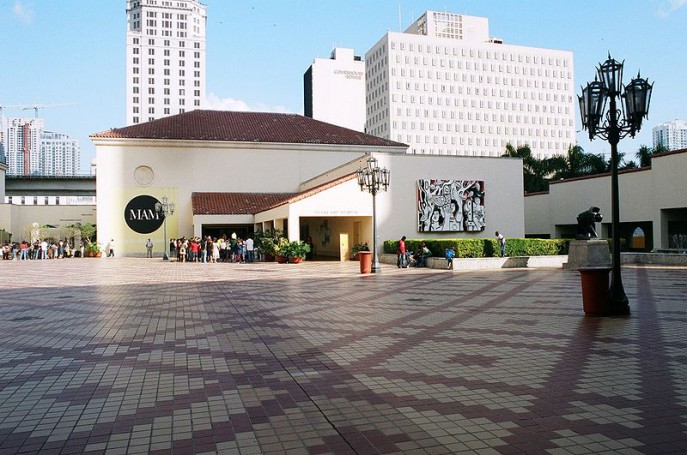John Espinosa
Miami is a crossroad for people and ideas from different parts of the world, a city defined by a complex interplay between international issues and local perspectives. It strives for a collective language through which the diverse experiences of its population can be expressed and understood. This tension between many individual circumstances and a common, civic vision gives Miami its rich and unique texture, while also paralleling broader patterns of globalization in 20th- and 21st-century culture.
This presentation represents the first long-term installation of Miami Art Museum’s permanent collection, which was established in 1996. The installation exemplifies patterns of intercultural exchange by presenting the work of artists who have been influential in transmitting ideas across continents on equal terms with artists who have absorbed these ideas and adapted them to their own local conditions and concerns. This history of cross-pollination forms a complex foundation from which artists working today continue to generate new ideas that circulate fluidly across an increasingly global and de-centralized world. The selection focuses on the cultures of the Atlantic Rim-the Americas, Europe, and Africa-from which the vast majority of Miami residents hail.
It is divided into a series of Overview Galleries organized around five diverse themes – the Unconscious, Reason, Art-Making, Experience, and Everyday Life. Each section presents a concept to which artists from disparate regions, cultures and historical eras have gravitated. Taken as a whole, they suggest the beginnings of a common dialogue, a shared language.
In addition to these five Overview Galleries, the installation features two rooms that will change every few months. One is the Focus Gallery, which presents small, self-contained exhibitions of artists or themes that MAM considers particularly important to its collecting goals. These temporary exhibitions are supplemented with loaned works from outside MAM’s collection. They give a sense of the directions in which we would like to see our collection grow. The second is the Anchor Gallery, which features a single large-scale work that represents a touchstone in the collection.

